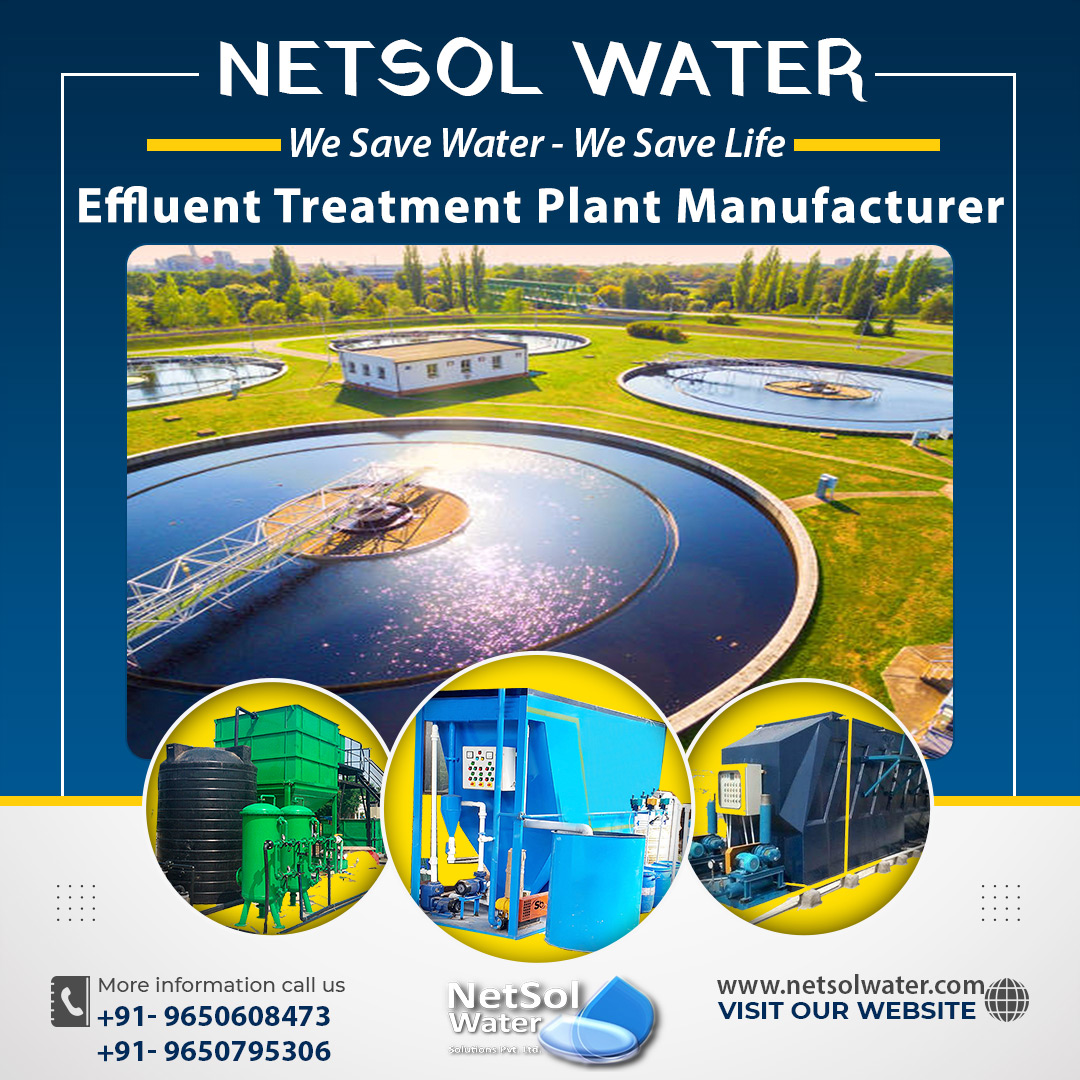Wastewater recovery from Paper and Pulp Industry
Corona virus has impeded industrial activities all throughout the world. Furthermore, the developing new normal is likely to see a re-organization of power centers in other fields. It has had a significant influence on the supply chain, as most sectors, including the paper and industry.
Netsol Water has developed customized solutions for the paper and pulp industry to mitigate the effect of these difficulties.
Why is wastewater recovery from paper and pulp sector important?
Industrialization is the primary cause of water contamination, which is rising at an alarming rate. Pollution-related illnesses claim the lives of one-quarter of infants born in underdeveloped nations before they reach the age of five. Every day, over 30,000 individuals die as a result of water-related ailments. Rapid population expansion necessitates the development of new enterprises that need the usage of freshwater.
This phenomenon has been linked to issues such as natural resource overexploitation, water pollution, and a lack of fresh water. The pulp and paper business is one of the most water-intensive sectors, consuming vast quantities of natural resources and generating significant volumes of contaminated water as a result of different unit operations.
Because energy expenses account for over 13% of total production costs in the pulp and paper sector, it is an energy-intensive industrial process. This industry consumes a considerable amount of fresh water (between 60 and 230 m3 every tonne of paper produced), resulting in large volumes of effluent. After the oil, cement, leather, textile, and steel sectors, it is the sixth greatest polluter, releasing a range of pollutants into the environment. The pulp and paper industry's most significant environmental issues are its excessive use of fresh water and production of a large amount of hazardous effluent.
Where does the pulp and paper industry require our help?
• To get the white colour of the paper, new or recycled pulp is combined with chemicals such as kaolin, CaCO3, talc, and/or TiO2.
• Chemicals such as starch, latex, aluminium sulphate, and others are needed to make a paper with various qualities.
• Furthermore, these manufacturing, colouring, and de-colouring operations need a large amount of water. As a result, a large amount of wastewater is produced.
• Anaerobic treatment is used to recycle this wastewater, using two primary components - an aeration basin and a sedimentation basin - to remove particles and recycle the waste.
• The composition of this wastewater is determined by the manufacturing process and the raw materials used; additionally, the emissions released during wastewater treatment are extremely harmful. This problem may be remedied by employing cutting-edge technology that can manage emissions while having the least possible impact on the environment.
How can Netsol Water help?
Being a wastewater treatment company ourselves, we understand the challenges the pulp and paper sector is facing in resuming operations.
As a result, we're offering our incredibly efficient and convenient - Plug & Play Recycling Model, which we developed after extensive study and assessment.
The model is built in such a way that it will assist in decreasing the cost and profit imbalances generated by the COVID-19 while also addressing the demand for optimum wastewater treatment.
The following are some of the advantages of our Plug & Play Recycling Model:
• Ready-to-use equipment’s,
• Rapid Deployment,
• Model of pay-per-use,
• Renting alternatives that are flexible.
We created this Plug & Play Recycling concept to give the Pulp & Paper Industry a solid base on which to meet their sustainability goals.
Think of us when it comes to wastewater management for your organization, adapted to your specific needs! We use a cost-effective method to reuse and recycle water, as well as deal with us for wastewater treatment equipment’s and develop your business while complying with Environmental standards.




